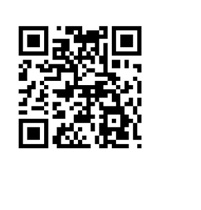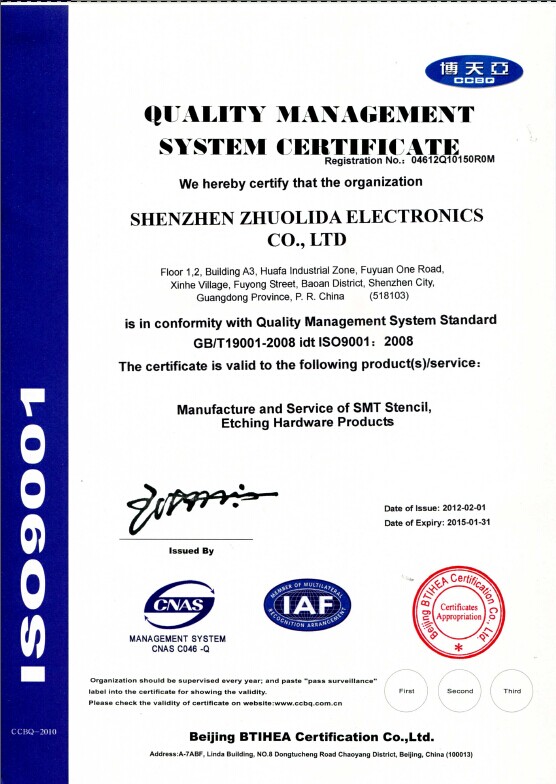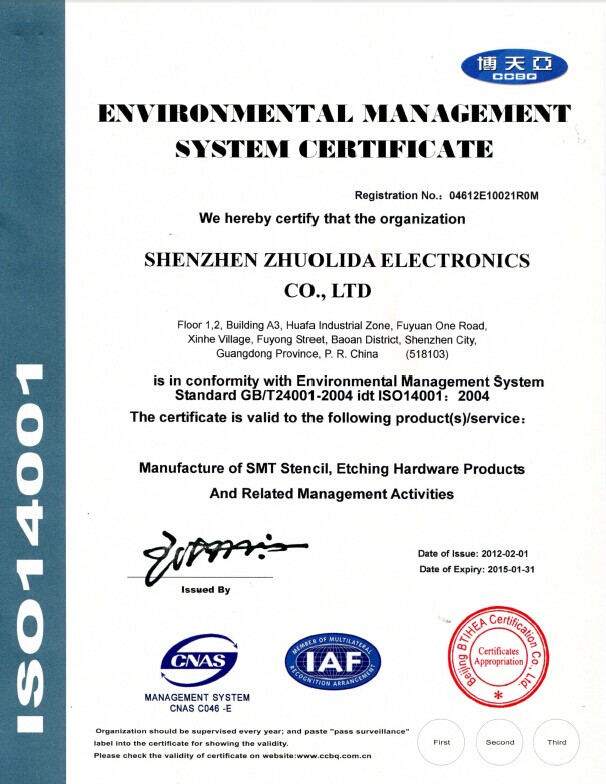
- Scan to download[More]

There are three main types of lasers used in laser cutting. The CO2 laser is suited for cutting, boring, and engraving. The neodymium (Nd) and neodymium yttrium-aluminum-garnet (Nd-YAG) lasers are identical in style and differ only in application. Nd is used for boring and where high energy but low repetition are required. The Nd-YAG laser is used where very high power is needed and for boring and engraving. Both CO2 and Nd/ Nd-YAG lasers can be used for welding.[2]
Common variants of CO2 lasers include fast axial flow, slow axial flow, transverse flow, and slab.
CO2 lasers are commonly "pumped" by passing a current through the gas mix (DC-excited) or using radio frequency energy (RF-excited). The RF method is newer and has become more popular. Since DC designs require electrodes inside the cavity, they can encounter electrode erosion and plating of electrode material on glassware and optics. Since RF resonators have external electrodes they are not prone to those problems.
CO2 lasers are used for industrial cutting of many materials including mild steel, aluminum, stainless steel, titanium, paper, wax, plastics, wood, and fabrics. YAG lasers are primarily used for cutting and scribing metals and ceramics.
In addition to the power source, the type of gas flow can affect performance as well. In a fast axial flow resonator, the mixture of carbon dioxide, helium and nitrogen is circulated at high velocity by a turbine or blower. Transverse flow lasers circulate the gas mix at a lower velocity, requiring a simpler blower. Slab or diffusion cooled resonators have a static gas field that requires no pressurization or glassware, leading to savings on replacement turbines and glassware.
The laser generator and external optics (including the focus lens) require cooling. Depending on system size and configuration, waste heat may be transferred by a coolant or directly to air. Water is a commonly used coolant, usually circulated through a chiller or heat transfer system.
| Lasing Materials | Applications |
|---|---|
| CO2 | Boring
Cutting/Scribing Engraving |
| Nd | High-energy pulses
Low repetition speed (1 kHz) Boring |
| Nd-YAG | Very high energy pulses
Boring Engraving Trimming |
Next:What is electropolishing?Previous:PCMI: Photo Chemical Etching Machining Institute
Information
- 2013-03-19What is scratches? What lead to it? how to avoid it?
- 2012-11-18how to avoid the burr on metal stamping?
- 2012-11-07Do you know what is perforated signage?
- 2012-11-01etching/ chemical etching
- 2012-10-30who is the best precision etching in china
- 2012-10-26Absolute and incremental encoders
- 2012-10-25Corona Current Control by Charge Corona Grid
- 2012-10-15Semiconductor etching both performed and monitored with new U. of I. process
- 2012-09-18stainless steel etching
- 2012-09-16Stainless steel price fall sparks buyers´ defaults in Europe


















